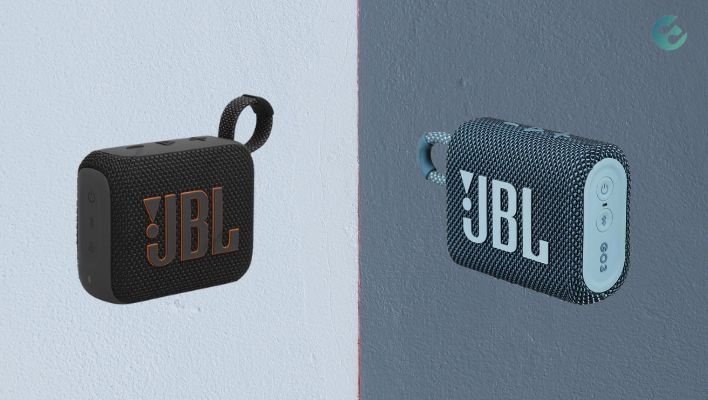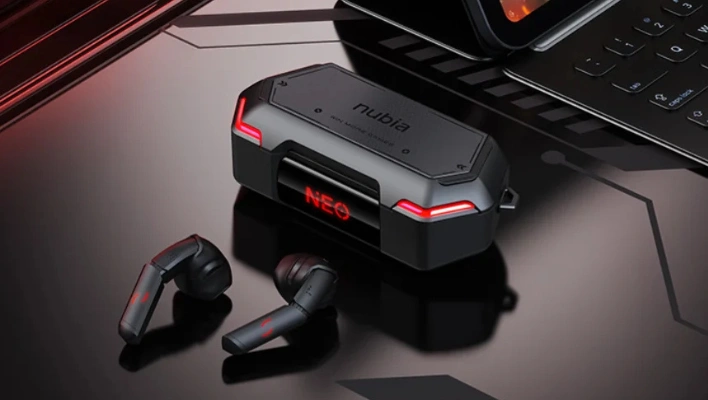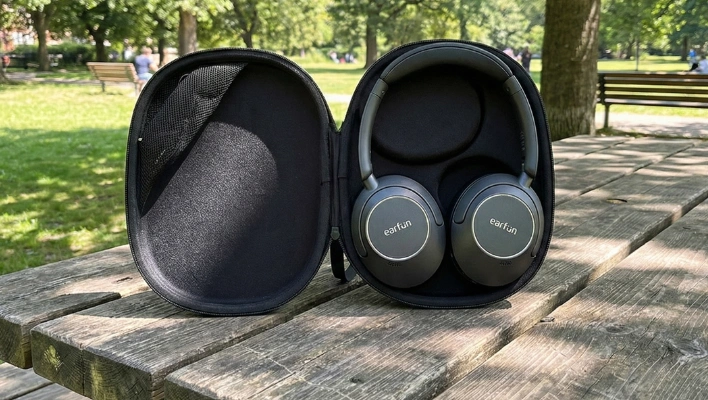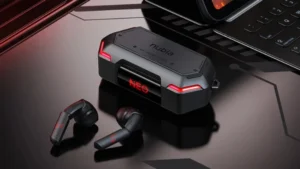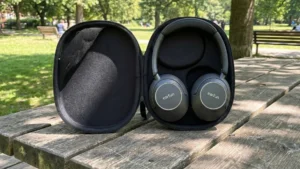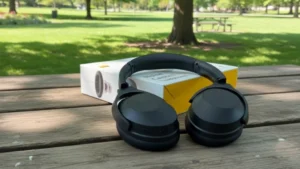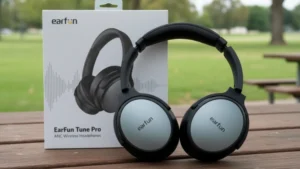When it comes to portable Bluetooth speakers, JBL has been a dominant player in the market.
The company’s Go series has been a popular choice for those seeking a compact and affordable option for on-the-go audio.
The latest iteration, the JBL Go 4, has hit the shelves, and it’s time to compare it with its predecessor, the JBL Go 3, to see what improvements (if any) have been made.
JBL Go 4 vs Go 3: Specs comparison
| Category | JBL Go 4 | JBL Go 3 |
|---|---|---|
| Design | Fabric-covered, rounded corners, non-slip rubber base | Fabric-covered, non-slip rubber base |
| Playtime Boost | Yes | No |
| IP Rating | IP67 (waterproof and dustproof) | IP67 (waterproof and dustproof) |
| Color Options | Blue, red, white, purple, pink, black, camo, terra | White, green with yellow accents, violet with pink accents, red, black, pink, military camo |
| Battery Capacity | 850mAh | 500mAh |
| Claimed Battery Life | Up to 7 hours | Up to 5 hours |
| Bluetooth Version | Bluetooth 5.3 | Bluetooth 5.1 |
| Audio Codec | AAC | AAC |
| JBL Portable App | Yes (with equalizer, audio modes, and stereo pairing) | No |
| Speaker Specs | 4.2W output power, 45mm driver | 4.2W output power, 45mm driver |
| Price | around $49.99 | around $30-35 |
Design and Build Quality
Both the JBL Go 4 and JBL Go 3 share a similar design philosophy, with a compact and rugged construction.
They are entirely covered in fabric, which gives them a premium feel and helps with sound dispersion.
The bottom and back parts of both speakers feature a non-slip rubber base, preventing them from sliding around when the volume is cranked up.
The JBL Go 4 has slightly rounded corners, which gives it a more refined look and feel compared to the JBL Go 3.
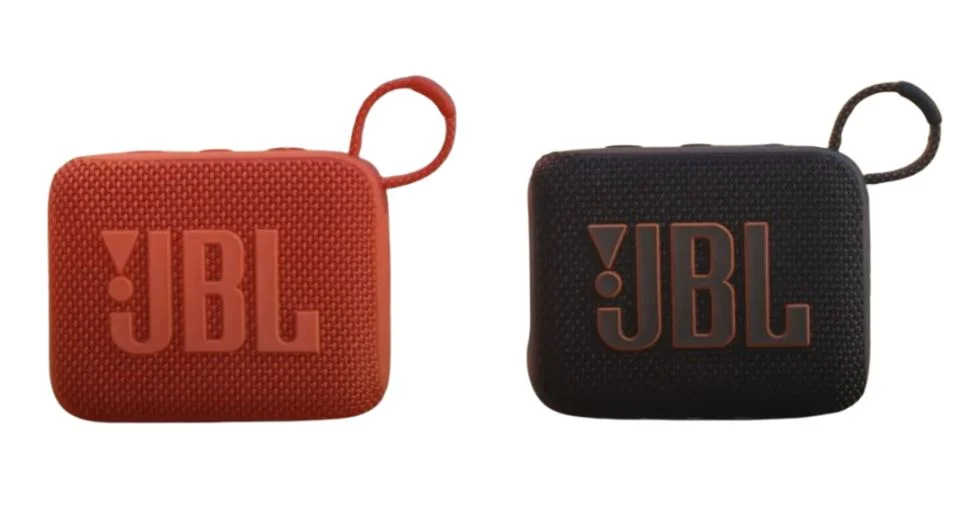
Additionally, the Go 4 has a new button on the left side called “Playtime Boost,” which enhances sound quality and battery life – a feature absent on the Go 3.
Both speakers boast an IP67 rating, making them waterproof and dustproof, ensuring they can withstand the rigors of outdoor use, whether at the pool or the beach.
One area where the JBL Go 4 shines is in the variety of color options available. You can choose from blue, red, white, purple, pink, black, camo, and a terra color.
The JBL Go 3, on the other hand, has a more limited color palette, including white, green with yellow accents, violet with pink accents, red, black, pink, and a military camo variant.
Battery Life
Heading 1: Battery Capacity and Claimed Battery Life The JBL Go 4 packs a larger 850mAh battery, which JBL claims can provide up to 7 hours of playback time.
In contrast, the JBL Go 3 has a smaller 500mAh battery, with an estimated battery life of around 5 hours.
Heading 2: Real-World Battery Performance In real-world usage, with the volume set between 50-60%, the JBL Go 4 delivered approximately 6 hours of playback time, while the JBL Go 3 lasted around 4 hours.
However, if you tend to crank up the volume to 80-100%, the JBL Go 4 will likely provide 3-4 hours of playback, while the JBL Go 3 might struggle to reach 2-3 hours.
Both speakers support USB-C charging and can be used while charging, which is a welcome convenience.
Connectivity and Features
The JBL Go 4 features Bluetooth 5.3 and supports the AAC audio codec, while the JBL Go 3 has Bluetooth 5.1 and also supports AAC.
One of the most significant differences between the two speakers lies in their compatibility with the JBL Portable app.
The JBL Go 4 can take advantage of the app’s features, such as a customizable equalizer, predefined audio modes, and the ability to enable or disable the Playtime Boost mode.

Additionally, the app allows you to connect two identical speakers in stereo mode, a feature not available on the JBL Go 3.
While the app is not groundbreaking, it does offer useful functionality that enhances the overall user experience.
Sound Quality
Both the JBL Go 4 and JBL Go 3 share the same speaker specifications, with a total output power of 4.2W delivered through a 45mm driver.
Despite having identical specifications, the JBL Go 4 offers a slightly better sound quality compared to the JBL Go 3.
The ability to fine-tune the sound using the equalizer and predefined audio modes in the JBL Portable app results in a richer and more balanced audio experience, especially in the low-end frequencies.
However, it’s important to note that both speakers are compact and have their limitations.
Pushing the volume beyond 70-80% can lead to distortion and a noticeable drop in sound quality.
For optimal performance, it’s recommended to keep the volume around 60-70% for the best listening experience.
Price & Availalbity
Finally, let’s talk about pricing. The JBL Go 4 is priced around $49.99, while the Go 3, although officially priced at $44.99, can often be found for around $30 to $35.
While the Go 4 offers improvements in battery life, connectivity, and customization, the Go 3 remains a solid option, especially for those on a budget.
JBL Go 4 vs JBL Go 3: Should You Upgrade?
If you already own a JBL Go 3 and are primarily concerned with sound quality, upgrading to the JBL Go 4 might not be necessary, as the improvement in audio performance is relatively modest (around 10-15%).
However, if you value features like improved battery life, a more refined design, and the added functionality of the JBL Portable app, the JBL Go 4 could be a worthwhile investment.
Also See: JBL Go 4 vs JBL Clip 4: Which is the Better Choice?
Nick, the Co-founder of Earbuds Arena, is a seasoned freelance tech journalist with over ten years of experience covering wearables, apps, headphones, and gadgets. When he’s not immersed in the tech world, you’ll likely find him unwinding with video games, going for a run, or enjoying a game of soccer on the field.
